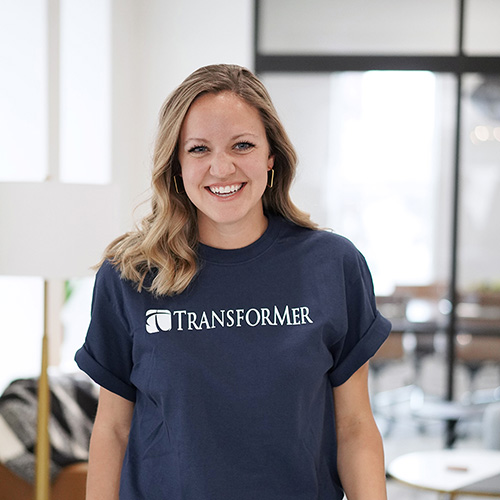You have a grant that you want to apply for and submit an application. First, check out the types of grants available and our checklist to ensure your organization is ready before jumping into the grant writing process. Okay, now it’s time to start writing your grant!

At Transform Consulting Group, we have identified 5 simple steps for grant writing:
1. Research: Spend time getting informed and researching grant opportunities. There are millions of dollars available through grants, and it can feel like a full-time job just trying to find them all! The purpose of the research step is to identify all of the potential funders who align with your organization’s mission and purpose.
Here are some good places to start in your search:
Foundation Grants:
- Foundation Center Online Directory
- Grant Station
- Trade Associations where Foundations are members. In Indiana, we have the the Indiana Philanthropy Alliance. There are similar trade associations in other states.
Government Grants:
Trade Industry:
Within your organization’s area of expertise, there are “intermediary” organizations that are current with the latest news. Regularly check out those organization’s websites, sign up for newsletters, and monitor who is doing what or trends in the industry. They often will promote grant opportunities for your industry!
2. Monitor Grants: Once you have identified your “affinity” funders, create a list of those possible funders. In today’s information age, you can find out a lot about funders by monitoring their internet footprint. We recommend subscribing to funders’ social media channels and signing up for their newsletters. This will help you receive information about grant updates (e.g., changes in grant focus or new application information), receive updates about the status of programs, and be informed about their latest news. This will help provide great context to writing your proposals and developing a partnership with the funder.
3. Track Grants: You can pay for grant tracking software, invest in an internal database, or use basic Excel or Google sheets to track grants. We suggest tracking important information, such as the funder, their focus area(s), timeline for when grants are due, the point of contact, and any application details.
As you start to do outreach with funders and submit applications, you will want to track your grant application outreach. For example, you would include notes about who you talked to and their feedback. When you submit an application, include the focus area, amount requested, and status. Having all of this information included in a shared system helps to keep your team on the same page and also creates a record history for future staff or contractors.
4. Develop Relationships: Most funders look to their grantees as a partner and extension of their mission. When working to develop a grant proposal to a funder, you want to first have a relationship with that funder. You can do this through a personal connection, social media outreach, cold calling, a letter of inquiry or by networking at different community groups and meetings. When looking to build relationships, we suggest focusing on the “program officer”.
Program officers oversee a “portfolio” of programs usually in a focus area, such as youth, environment, safety, etc. A program officer for a government entity would “manage” a grant program. At a minimum give them a call and schedule a meeting to learn more about their focus areas and goals as well as share about your organization and possible areas of alignment. Some next steps might be to invite the program officer(s) to an organization event to observe your services in action or learn about them. We liken this engagement to “dating” – a period of getting to know each other to see if there is a good fit!
The one caveat here is to make sure that you follow the grant guidelines. In most cases, government grants preclude you from communicating with the granting agency beyond asking clarifying questions related to the application. You may need to cultivate these relationships when there is not an open grant application. Always follow the grant guidelines to ensure that you do not disqualify your organization from submitting a grant application!
5. Submit: Winning grants involves submitting grants! You will want to carve time out of your schedule to regularly work on the items above and submitting grant applications.
In this blog, we discussed the low success rate of grant writing. Some studies suggest as low as 7% of organizations receive funding after submitting a grant proposal. While there is no silver bullet, we have found that following the steps above gets you on the path to success.
At Transform Consulting Group, we understand the different types of funders and their grant application process. We know what funders want and how to interpret and follow complex federal, state, or private grant applications. We are available to support your efforts at all levels of grant development, including the strategy, research, narrative, and final submission. Contact us today and let’s chat!

